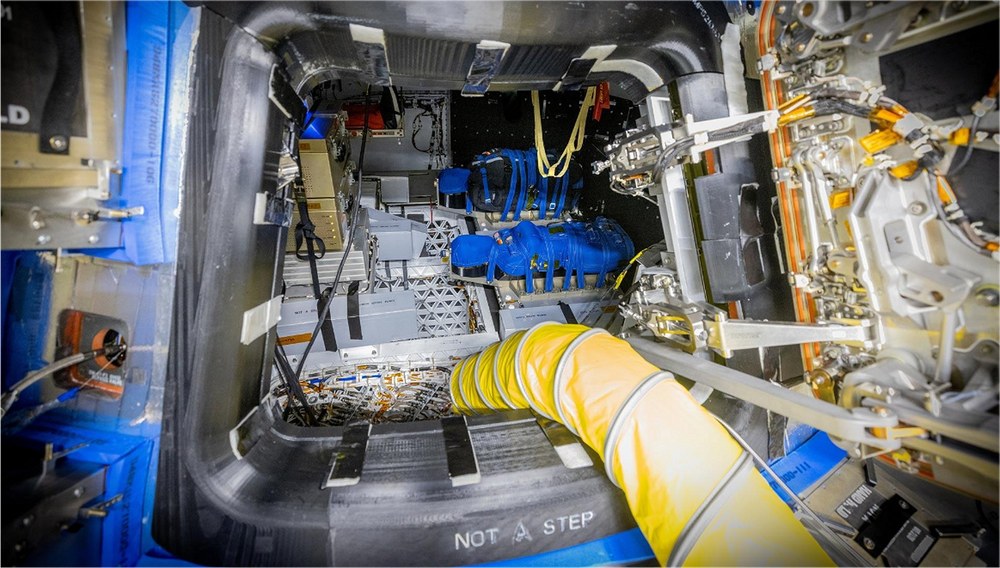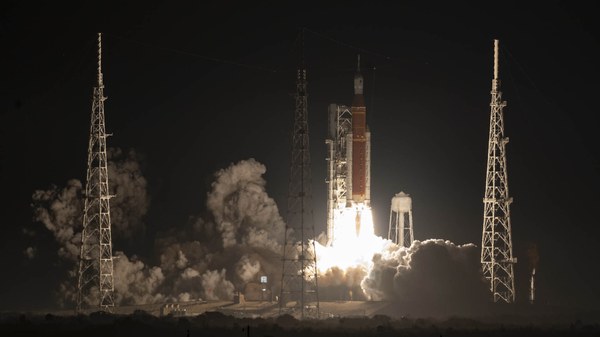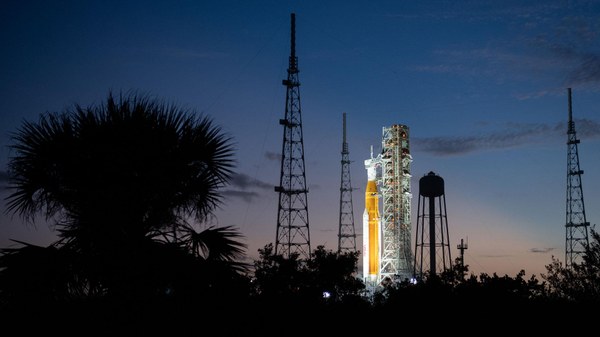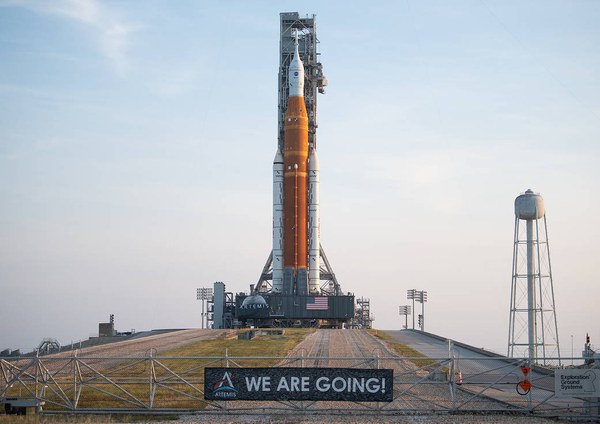Orion spacecraft radiation protection tested: initial findings from Artemis I Moon mission
During long-term astronaut missions, space radiation poses health risks to the human body. Such radiation can lead to cancer and several degenerative organ diseases, so suitable protective measures need to be found to ensure that astronauts are protected to the greatest extent possible during ever longer space missions in the future.










